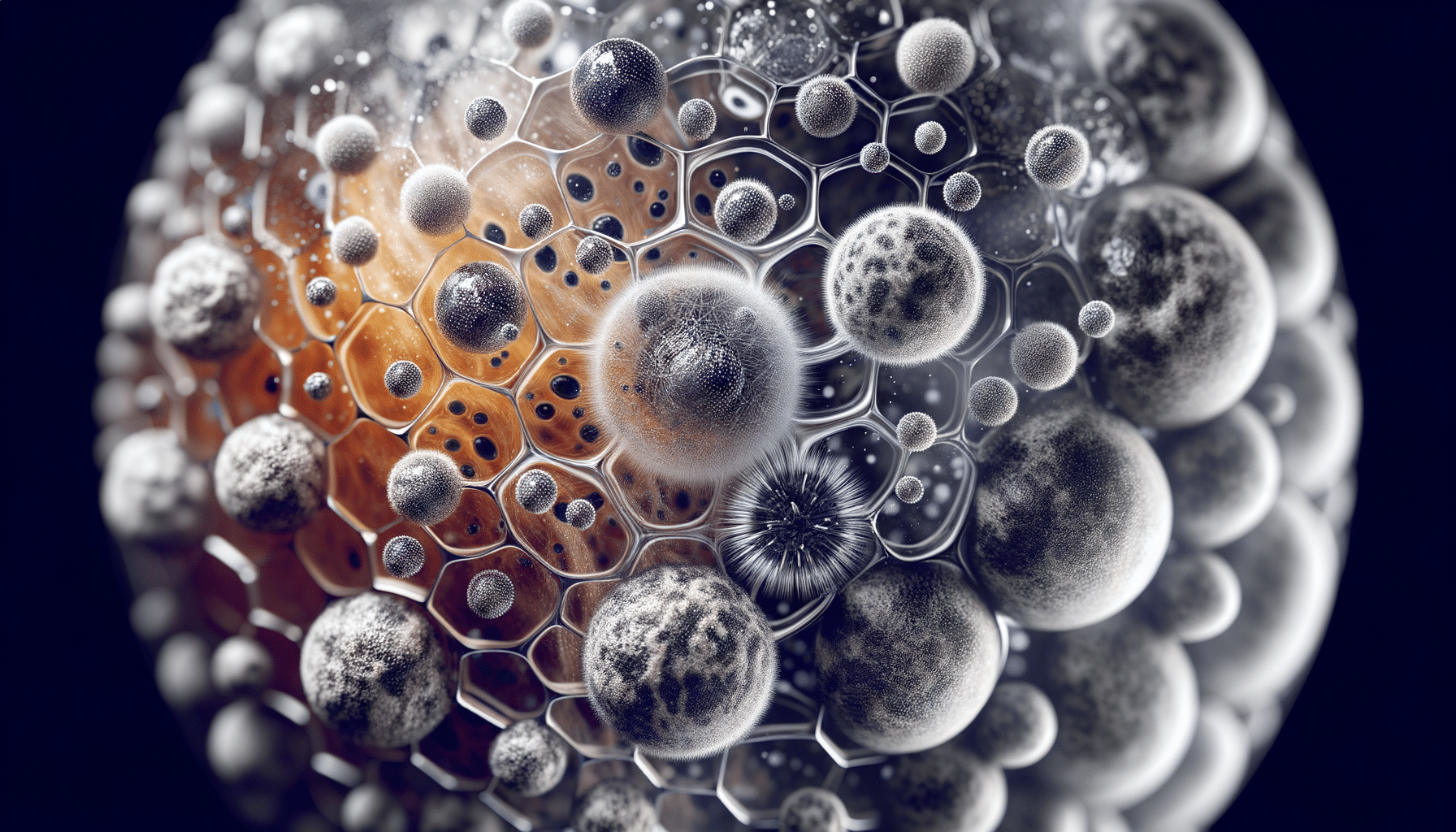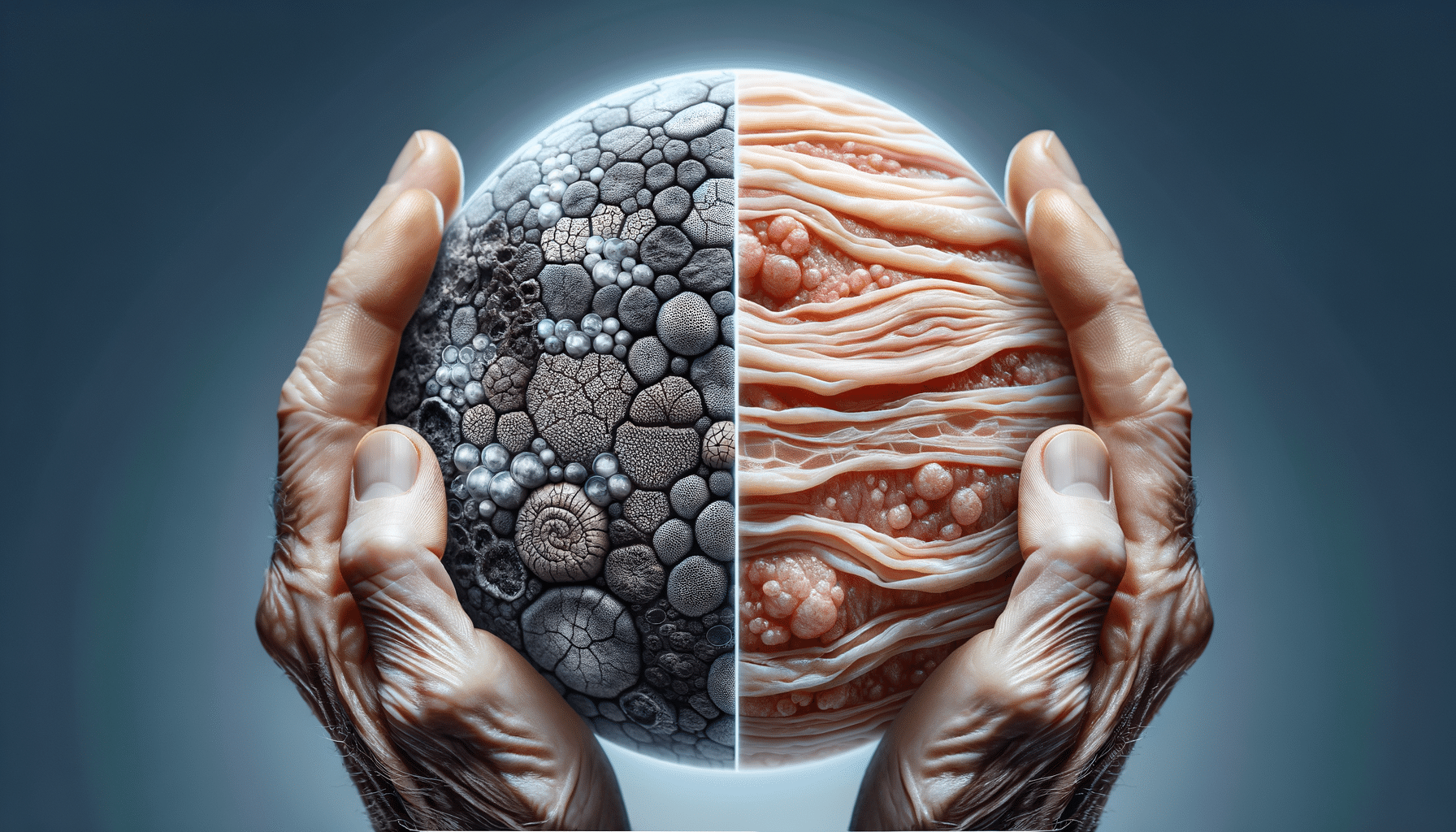
Skin Tightening in India – Achieve Noticeable Results in Just 45 Minutes
Understanding Non-Invasive Skin Tightening
In recent years, the popularity of non-invasive skin tightening treatments has surged across India, offering a promising solution for those seeking to rejuvenate their skin without the need for surgery. These procedures have gained traction due to their ability to deliver noticeable results in a relatively short time frame, often around 45 minutes per session. The appeal lies in the minimal downtime and reduced risk compared to traditional surgical methods.
Non-invasive skin tightening techniques primarily utilize advanced technologies such as radiofrequency, ultrasound, and laser. These methods work by stimulating collagen production, which is crucial for maintaining skin elasticity and firmness. As we age, collagen levels naturally decline, leading to sagging and wrinkles. By promoting collagen synthesis, these treatments help to tighten and lift the skin, providing a more youthful appearance.
Each technology offers unique benefits. Radiofrequency, for example, uses energy waves to heat the deeper layers of the skin, encouraging collagen formation. Ultrasound, on the other hand, targets specific depths of the skin, delivering focused energy to stimulate collagen production. Laser treatments work by resurfacing the skin, improving texture and tone. The choice of technology depends on individual needs and desired outcomes.
Despite the promising results, it’s important to set realistic expectations. Factors such as age, skin type, and lifestyle can influence the effectiveness of these treatments. While many individuals report visible improvements, the degree of change can vary. Consulting with a qualified professional can help determine the most suitable approach for achieving desired results.
Benefits and Considerations of Skin Tightening
Choosing non-invasive skin tightening treatments offers numerous benefits, making them an attractive option for those seeking to enhance their appearance without the commitment of surgery. One of the primary advantages is the minimal recovery time. Unlike surgical procedures that require weeks of downtime, non-invasive methods allow individuals to resume their daily activities almost immediately.
Another significant benefit is the reduced risk of complications. Surgical interventions carry inherent risks such as infection and scarring. In contrast, non-invasive treatments have a lower risk profile, making them safer for a wider range of individuals. Additionally, these treatments are generally more affordable than surgical options, making them accessible to a broader audience.
However, there are considerations to keep in mind. While non-invasive treatments can produce noticeable results, they may not be as dramatic as surgical options. Individuals with significant skin laxity might require multiple sessions to achieve their desired outcome. It’s also important to maintain realistic expectations and understand that results can vary based on individual factors.
Before undergoing any treatment, a thorough consultation with a qualified practitioner is essential. They can assess skin condition, discuss goals, and recommend the most suitable treatment plan. Understanding the procedure, potential side effects, and expected results can help individuals make informed decisions, ensuring satisfaction with the outcome.
- Minimal recovery time
- Reduced risk of complications
- More affordable than surgical options
- Results may vary based on individual factors
Preparing for Your Skin Tightening Session
Preparation is key to ensuring a successful skin tightening session. Before your appointment, there are several steps you can take to maximize the effectiveness of the treatment and minimize potential side effects. First and foremost, it’s crucial to discuss any medical conditions or medications with your practitioner. Certain conditions or medications may affect the suitability of the treatment.
In the days leading up to the session, it’s advisable to avoid sun exposure and tanning. Sunburned or tanned skin can increase the risk of complications and hinder the effectiveness of the treatment. Additionally, staying hydrated and maintaining a healthy skincare routine can help prepare the skin for the procedure.
On the day of the appointment, it’s recommended to arrive with clean skin, free of makeup or lotions. This ensures that the treatment can be performed effectively without any interference from external products. During the session, you may experience mild discomfort or warmth as the technology is applied to the skin, but this is generally well-tolerated.
After the treatment, following post-care instructions is essential to optimize results and promote healing. This may include avoiding sun exposure, using gentle skincare products, and staying hydrated. Results may continue to improve over the weeks following the session as collagen production is stimulated.
- Discuss medical conditions or medications with practitioner
- Avoid sun exposure and tanning
- Arrive with clean skin on the day of appointment
- Follow post-care instructions for optimal results


